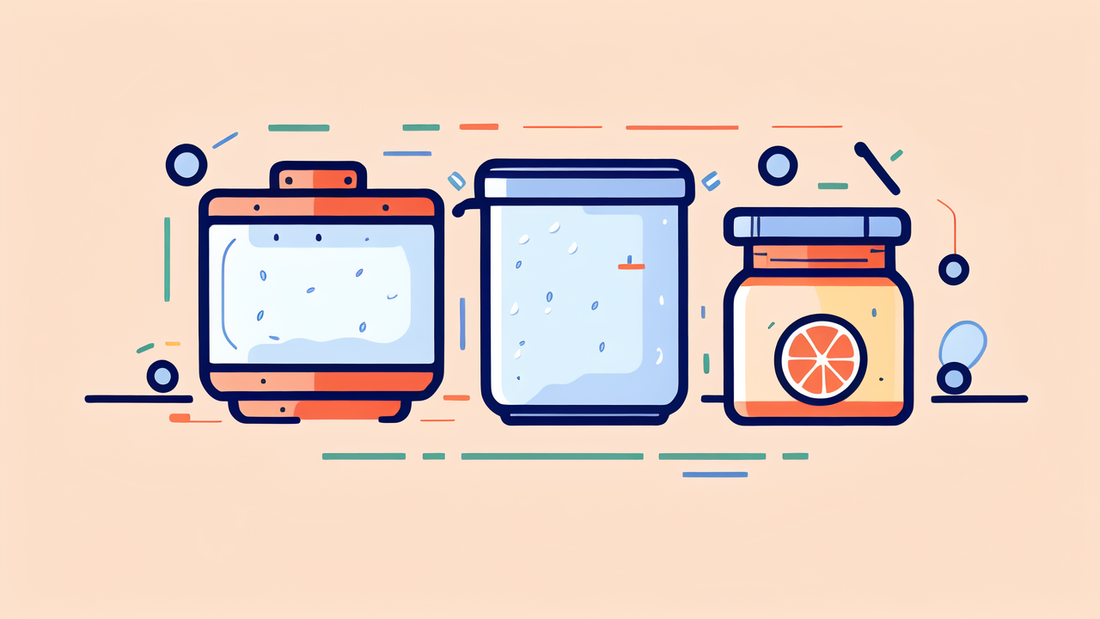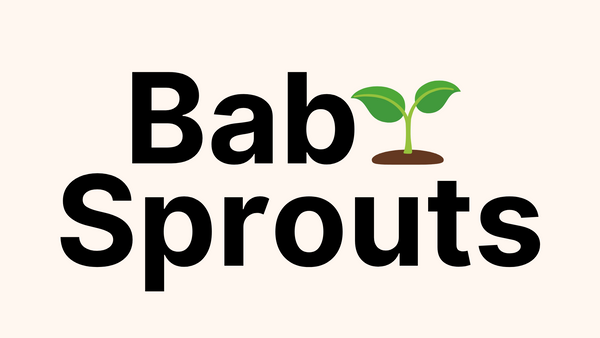
Barn Feed 101: Ensuring Proper Nutrition for Farm Animals
The Essentials of Infant Nutrition and Allergies
Understanding Your Baby's Nutritional Needs
Babies grow fast in their first year. They need the right foods to grow well. For the first six months, babies only need breast milk or formula. After that, they can start eating solid foods.

Babies need these key nutrients:
- Protein for growth
- Iron for healthy blood
- Calcium for strong bones
- Vitamins for overall health
Every baby is different. Talk to your doctor about what your baby needs. They can help you make the best food choices for your little one.
Navigating Allergies and Special Dietary Requirements
Some babies have food allergies. Common allergens include milk, eggs, and nuts. It's best to add new foods one at a time. This helps you spot any allergic reactions.
Watch for these signs of food allergies:
- Rashes on the skin
- Upset stomach
- Trouble breathing
If you think your baby has an allergy, call your doctor right away. They can help you find safe foods for your baby.
Some babies need special diets. This could be due to health issues. If your baby needs a special diet, work with a child nutrition expert. They can help you plan safe, healthy meals.
How to Choose Safe and Healthy Snacks for Babies
As babies grow, they start to enjoy snacks. Choose snacks that are safe and good for them. Soft fruits like bananas or mashed berries are great choices. They're easy to eat and full of vitamins.
When buying baby snacks, look for:
- No added sugar
- Low salt
- Easy to chew and swallow
Avoid snacks that babies can choke on. These include whole grapes, popcorn, and hard candy. Always watch your baby when they're eating snacks.
Remember, snacks shouldn't replace meals. They're just extra food. Offer different tastes and textures to help your baby learn to like many foods.
Warming Bottles and Breastfeeding Essentials
The Importance of Warming Bottles for Baby's Digestion
Warming bottles isn't just about making milk comfy for your baby. It can help with digestion too. Warm milk is easier for babies to digest than cold milk. It's also closer to body temperature, which feels natural.

But be careful not to make the milk too hot. Very hot milk can burn your baby's mouth. It can also break down important nutrients. Always test the temperature before feeding.
A bottle warmer can be very helpful. It heats milk evenly and safely. Some even have timers to prevent overheating. This can make feeding time easier and safer.
Essential Breastfeeding Accessories for Moms
Breastfeeding can be hard at first. The right tools can make it easier. Here are some must-haves:
- Nursing pillows for support
- Breast pumps to collect milk
- Nursing bras for easy access
- Nipple cream for sore nipples
A nursing cover can give you privacy when feeding in public. Breast pads can stop leaks. Remember, being comfortable is key for good breastfeeding.
Tips on Maintaining Your Milk's Quality and Temperature
Breast milk is precious. Storing and handling it right keeps it good for your baby. Here are some tips:
- Store milk in clean, sealed containers
- Write the date on each container
- Use the oldest milk first
- Thaw frozen milk in the fridge
Don't use a microwave to warm stored milk. It can make hot spots that burn your baby. Use a bottle warmer or warm water bath instead.
Don't reuse milk left in the bottle after feeding. Bacteria from your baby's mouth can get into it. Always make fresh milk for each feeding.
Toys, Clothing, and Safety Gear for Babies
Selecting the Right Toys for Different Age Groups
Toys are fun, but they also help babies learn. Choose toys that are safe and right for your baby's age.

For newborns to 3 months:
- Black and white toys with high contrast
- Soft rattles
- Musical mobiles
For 3 to 6 months:
- Teething toys
- Soft blocks
- Play mats with hanging toys
For 6 to 12 months:
- Stacking cups
- Board books
- Push-and-pull toys
Always check toys for small parts that could choke your baby. Avoid toys with sharp edges or toxic materials.
Baby's First Outfit: What to Look For
Dressing your baby can be fun. But comfort and safety come first. Look for clothes made from soft, breathable fabrics. Cotton is a good choice. It's gentle on your baby's sensitive skin.
When choosing baby clothes, look for:
- Easy-to-use snaps or zippers
- Stretchy necklines for easy dressing
- No small buttons or decorations that could come off
Layers are good for keeping your baby warm. Dress your baby in one more layer than you're wearing. This helps them stay warm without getting too hot.
Think about practicality too. Choose clothes that are easy to wash and dry. Babies often need to change clothes many times a day!
Safety Gear: How to Protect Your Little One from Harm
As your baby starts to move, safety becomes even more important. Here are some key safety items:
- Baby gates for stairs and doorways
- Corner guards for sharp furniture edges
- Outlet covers for electrical sockets
- Cabinet locks for drawers and cupboards
A good baby monitor can help you keep an eye on your sleeping baby. Some even have video features.
For car safety, get a good car seat. Make sure it's right for your baby's age and size. Install it correctly and use it every time you drive.
Remember, no safety gear can replace watching your baby. Always keep a close eye on your little one. Baby-proofing your home is an ongoing job as your child grows and explores more.
